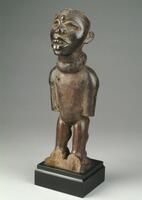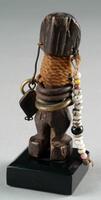64 UMMA Objects
64 UMMA Objects

Igbo (Igbo (Southern Nigerian style, culture))
Mask
1900 – 1978
Gift of Mr. and Mrs. Robert T. Weston
1978/2.14
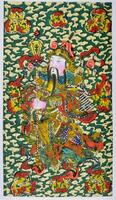
Chinese (Chinese (culture or style))
Military Door God (Pair with 1989/2.150)
20th century
Gift of Willard A. and Marybelle B. Hanna
1989/2.149

Yaka (Yaka (Kwango-Kwilu region style))
Figure
1915 – 1925
Gift of Candis and Helmut Stern
2005/1.193
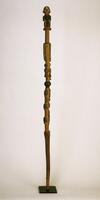
Kongo (Kongo (culture or style))
Staff
1900 – 1950
Gift of Margaret H. and Albert J. Coudron
2001/2.42
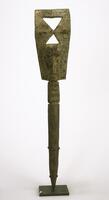
Igbo (Igbo (Southern Nigerian style, culture))
Staff
20th century
Gift of Margaret H. and Albert J. Coudron
2001/2.43

Chokwe (Chokwe (culture or style))
Staff
1900 – 1950
Gift of Margaret H. and Albert J. Coudron
2001/2.69
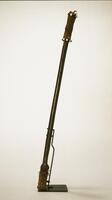
Kongo (Kongo (culture or style))
Staff
1900 – 1950
Gift of Margaret H. and Albert J. Coudron
2001/2.73
Loading…

